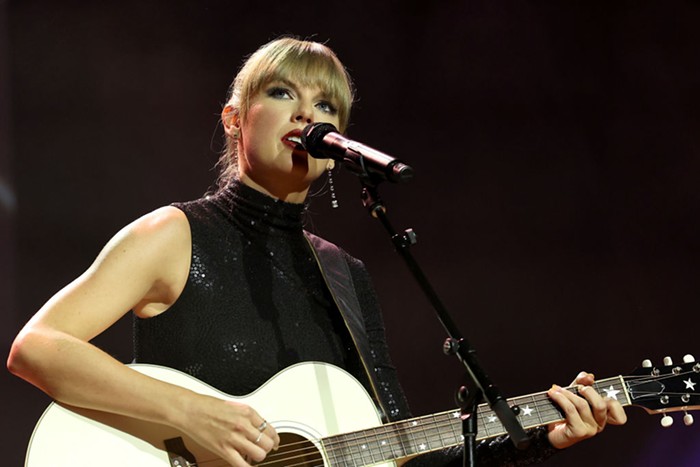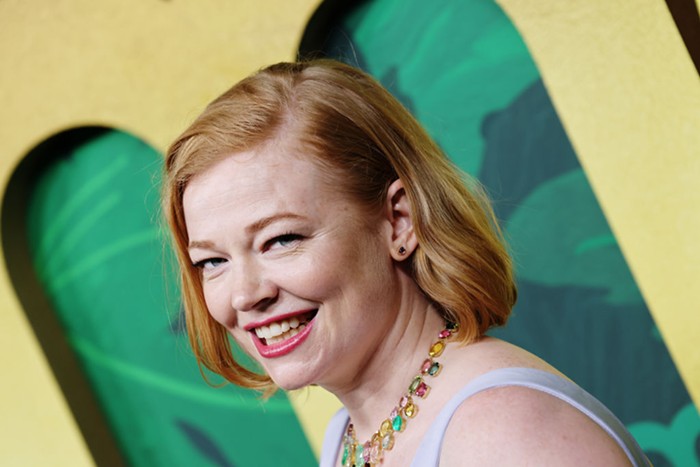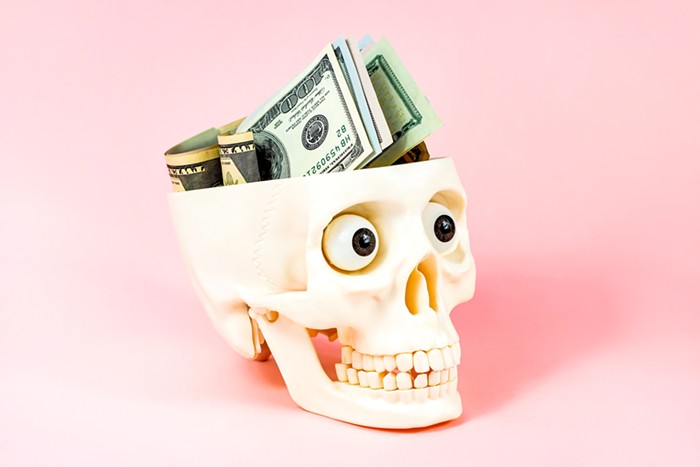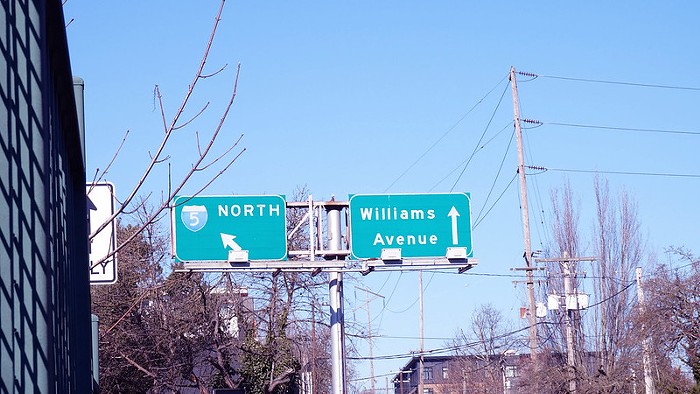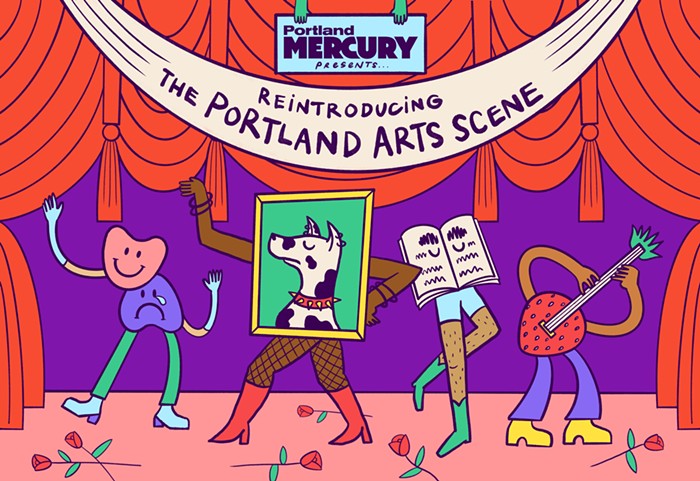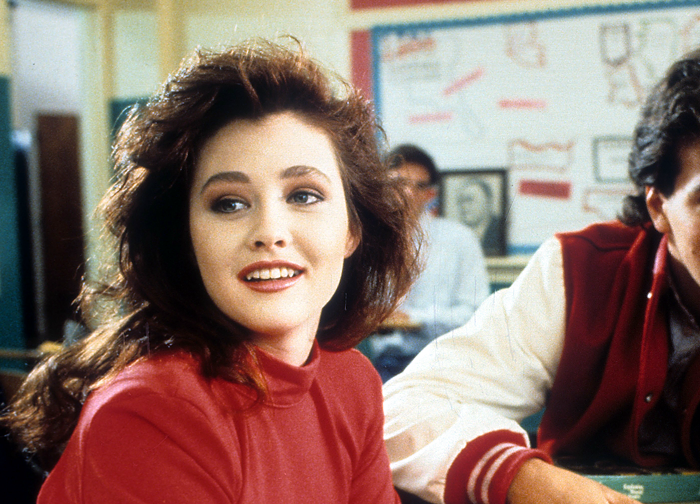Although Chuck Close has spent his career creating work with traditional printmaking techniques, he has always retained the panache of a painter. His earliest black-and-white prints—including instantly recognizable portraits of the sculptor Keith Hollingworth and the composer Philip Glass—showcase an intensely rich tonal range that imbues these images with a sparkling, hyper-real patina. And while Close's subjects have never evolved beyond portraits of artist's friends, family members, and, most commonly, himself, his style has grown increasingly abstract and colorful.
Early in his career, he began overlaying grids on photographic prints in order to faithfully recreate the images on a larger scale. Initially, they exposed details unique to the photographs, but, over time, Close used the grids to explore how a viewer interprets visual information. Like a co-opted iteration of pointillism, Close's more recent work appears realistic from afar, but, at close range, these works dissolve into repetitious patterns of colored dashes and loops. For an artist who has always worked with teams of printers and in media that distance the artist's hand, he has never allowed his personal touch to be removed from the final product.
Process and Collaboration (organized by the University of Houston's Blaffer Gallery) gives ample insight into Close's art-making strategies. For the uninitiated, it's an immersive experience. Finished prints hang alongside gridded source photographs, copper printing plates, aquatint test sheets, and more. One sprawling wall charts the progress of a 126-color silkscreen of the sculptor John Chamberlain. Over the course of 10 canvases, the image advances from a faint pastel suggestion of Chamberlain's face to a startlingly complex interplay of color.
For those who know the artist's work well, Close's work never fails to dazzle in person. It's hard to comprehend that these printings are made, as he insists, "very much by hand." As Close grids the original photographs in order to enlarge them piece by piece, the finished product toes a line between the mathematical and expressive, the rigidly linear and haphazard. It's an appearance—a kind of archaic pixilation—that tempts a viewer to read it as digitally generated. Perhaps that ability to create images that elicit disbelief at the same moment they seduce with sheer aesthetic allure is what makes Close one of America's most treasured contemporary artists.
